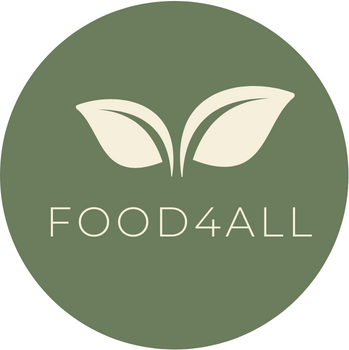Several factors contribute to food security, ensuring that individuals and communities have access to sufficient, safe, and nutritious food. These factors are interconnected and play a crucial role in maintaining a stable and sustainable food supply. Here are some key factors that contribute to food security:
- Sustainable Agriculture: Practices that promote sustainable and efficient agricultural methods, such as crop rotation, conservation tillage, and agroforestry, contribute to increased productivity and long-term food security.
- Infrastructure: Adequate infrastructure, including transportation, storage facilities, and distribution networks, is essential for the efficient movement of food from production areas to consumers. Well-developed infrastructure helps prevent food loss and waste.
- Economic Stability: A stable and robust economy is crucial for ensuring that individuals and households have the financial means to purchase food. Economic stability helps reduce poverty and improves overall food access.
- Access to Markets: Access to local and global markets allows farmers to sell their produce, ensuring a fair return for their efforts. Efficient market systems contribute to economic growth and food security.
- Technological Advancements: Advances in agricultural technology, such as improved crop varieties, precision farming techniques, and sustainable irrigation practices, can enhance productivity and contribute to a more secure food supply.
- Education and Knowledge: Educating farmers and communities about modern agricultural practices, nutrition, and food safety contributes to better farming methods, healthier dietary choices, and improved overall food security.
- Social Safety Nets: Social safety nets, such as food assistance programs, subsidies, and targeted support for vulnerable populations, help ensure that even in times of crisis, individuals and communities have access to the food they need.
- Political Stability: Political stability and effective governance play a crucial role in creating an environment conducive to sustainable agriculture, economic development, and social well-being—all of which contribute to food security.
- Climate Resilience: Building resilience to climate change and variability is essential for ensuring the stability of food production. Strategies like drought-resistant crops and climate-smart agricultural practices contribute to long-term food security.
- Biodiversity: Maintaining biodiversity in agriculture helps protect against crop diseases and pests, ensuring a more reliable and diverse food supply.
Addressing these factors in an integrated and collaborative manner is key to promoting food security on local, national, and global levels.
Food insecurity can result from various challenges and obstacles, and these can vary across regions and communities. Here are some common factors that contribute to food insecurity:
- Poverty: Economic challenges, such as low income and lack of employment opportunities, can limit people’s ability to purchase sufficient and nutritious food.
- Limited Access to Markets: Inadequate infrastructure, transportation, and market access can hinder farmers’ ability to sell their produce, limiting their income and contributing to food insecurity.
- Climate Change: Extreme weather events, such as droughts, floods, and storms, can negatively impact crop yields and food production, leading to food shortages.
- Conflict and Political Instability: Areas affected by conflict or political instability often experience disruptions in food production, distribution, and access, leading to food shortages and increased prices.
- Natural Disasters: Events like earthquakes, hurricanes, or wildfires can devastate agricultural areas, causing crop losses and disrupting food supply chains.
- Land Degradation: Soil erosion, deforestation, and unsustainable land use practices can reduce agricultural productivity, contributing to food insecurity.
- Water Scarcity: Insufficient access to clean and reliable water for irrigation and drinking poses a significant challenge to agricultural productivity and food security.
- Limited Agricultural Technology: Lack of access to modern agricultural technologies, improved seeds, and farming practices can hinder productivity and contribute to food insecurity.
- Lack of Education: Limited knowledge about sustainable farming practices, nutrition, and food safety can impact the ability of communities to produce and consume nutritious food.
- Food Waste and Loss: Inefficient post-harvest practices, inadequate storage facilities, and lack of proper transportation contribute to food waste, reducing the overall availability of food.
- Rapid Urbanization: Migration from rural to urban areas can result in changes in traditional farming practices, impacting food production and contributing to food insecurity.
- Gender Inequality: Unequal access to resources, education, and decision-making power can disproportionately affect women’s ability to engage in agriculture and contribute to household food security.
Addressing these challenges requires a multifaceted and collaborative approach involving governments, NGOs, communities, and individuals. Sustainable development, improved agricultural practices, and social safety nets are essential components of efforts to combat food insecurity.
